We live in a world where technological advancements are constantly being made, and the development of mobile applications is not an exception. Innovations such as gesture detection and three-dimensional touch have had a tremendous impact on the process of app development and the method by which users interact with them.
Through the implementation of these technologies, the mobile experience revolutionize, becoming more user-friendly and interactive. Users can connect with their devices in completely new ways, such as through pressure-sensitive screens that deliver varying responses based on the amount of force that applies. One example of this is the 3D Touch technology.
The designers of mobile applications now have access to a wide variety of opportunities to develop user interfaces that are more dynamic and responsive. In a similar vein, gesture recognition has improved the way users engage with their gadgets by enabling them to manage their devices without using their hands and to provide commands without touching them.
Understanding 3D Touch
Apple’s 3D Touch technology brought a unique method of interacting with touchscreens, which added a new level of depth to the experiences that users had for their devices. With 3D Touch, users can perform a variety of activities based on the amount of pressure they apply to the screen.
This is made possible by the technology’s ability to detect varied amounts of pressure. As an illustration, a gentle tap may activate an application, however, a more forceful press on an app development icon may expose a quick action menu. This provides users with more expedient access to functions without the obligation of fully opening the application.
This improved interactivity is made possible by capacitive sensors that are built into the display. These sensors measure minute changes in the distance between the cover glass and the sensor when pressure apply to the sensor. The sensors collaborate to detect different degrees of force, which enables the device to interpret different levels of pressure and initiate actions that correspond to those levels.
Users are provided with a more natural and intuitive method to engage with their smartphones through the usage of 3D Touch. This includes the ability to preview an email, access shortcuts, and navigate through photo albums.
Exploring Gesture Recognition
The process of analyzing human gestures through the use of mathematical algorithms is known as gesture recognition. The breadth of these gestures includes everything from basic swipes to intricate hand movements. It is now possible to have interactions that are more natural and straightforward thanks to their incorporation into mobile app development.
Among the many sorts of gestures that recognize by apps are the following:
- Swipe: Moving a finger across the screen.
- Pinch: Bringing two fingers together or apart.
- Tap: Briefly touch the screen.
- Hold: Pressing and holding the screen.
Smartphones of today equip with sophisticated sensors and cameras that can recognize and interpret these movements, thereby offering users seamless experiences.
Impact on User Experience
The user interaction change with the introduction of 3D touch and gesture recognition:
- Enhanced Interaction and Engagement: Users enjoy more dynamic interactions with apps.
- Improved Accessibility Features: These technologies make app development more accessible to users with disabilities.
- Case Studies of Successful Implementations: Many apps, like Instagram and Gmail, have successfully integrated these technologies to improve user engagement.
Advantages for Developers
As a result of the numerous advantages that these technologies offer, developers can significantly improve their applications by utilizing methods such as gesture recognition and 3D Touch. Initially, they make it possible for developers to explore new ways for users to connect with their apps, which opens up new opportunities for creative app design.
With 3D Touch, for example, users can access more capabilities by applying different amounts of pressure. Gesture recognition, on the other hand, enables users to navigate with simple hand movements, providing a more intuitive experience. These properties make it possible to create one-of-a-kind app development interfaces that go beyond the capabilities of conventional touchscreens.
In addition, these technologies contribute to the simplification of user interfaces by making it possible for Clover app development to provide a greater variety of capabilities without simultaneously overwhelming users with an excessive number of buttons or menus.
Even though gestures can be used to access settings that are either hidden or context-sensitive, the interface continues to unclutter and accommodating to users. Furthermore, the utilization of gesture recognition and three-dimensional touch results in enhanced app performance and efficiency.
Challenges and Considerations
On the other hand, working with gesture recognition and 3D touch presents several challenges:
- Technical Challenges in Implementation: Ensuring accurate gesture recognition and 3D Touch responses can be complex.
- User Adaptation and Learning Curve: Users may need time to accustom to new interaction methods.
- Balancing Innovation with Usability: Developers must ensure that new features do not compromise app development usability.
Future of 3D Touch & Gesture Recognition
With ongoing developments and creative ideas predicted to change our interaction with electronics, 3D Touch and gesture detection seem to have a bright future. As technology develops, we should expect these systems to get more sophisticated and included in a variety of uses.
We envision increasing integration of 3D Touch and gesture detection across leading AI mobile app and devices over the next five years, therefore providing users with even more seamless and responsive experiences. Whether with basic taps, swipes, or sophisticated gestures, these developments will help interactions with technology feel more natural.
This technology has possible effects beyond consumer goods. Industries including gaming, education, automotive, and healthcare stand to gain especially. For example, gesture recognition could allow hands-free operation of medical equipment, therefore enhancing hygiene and efficiency in healthcare. While automotive uses might include gesture-based controls for a safer driving experience, in gaming it could produce more immersive and participatory experiences.
Conclusion
To summarize, gesture detection and three-dimensional touch are revolutionizing the process of app creation. They do this by providing novel methods to engage with gadgets, which in turn makes applications more dynamic and accessible. It is reasonable to anticipate that these technologies will become even more indispensable to our digital life as they continue to undergo advances.
The developers are strongly encouraged to embrace these technologies, experiment with new designs, and create applications that revolutionize the way users engage with the app. The mobile app development has arrived at a point where it is touch-sensitive and gesture-friendly.

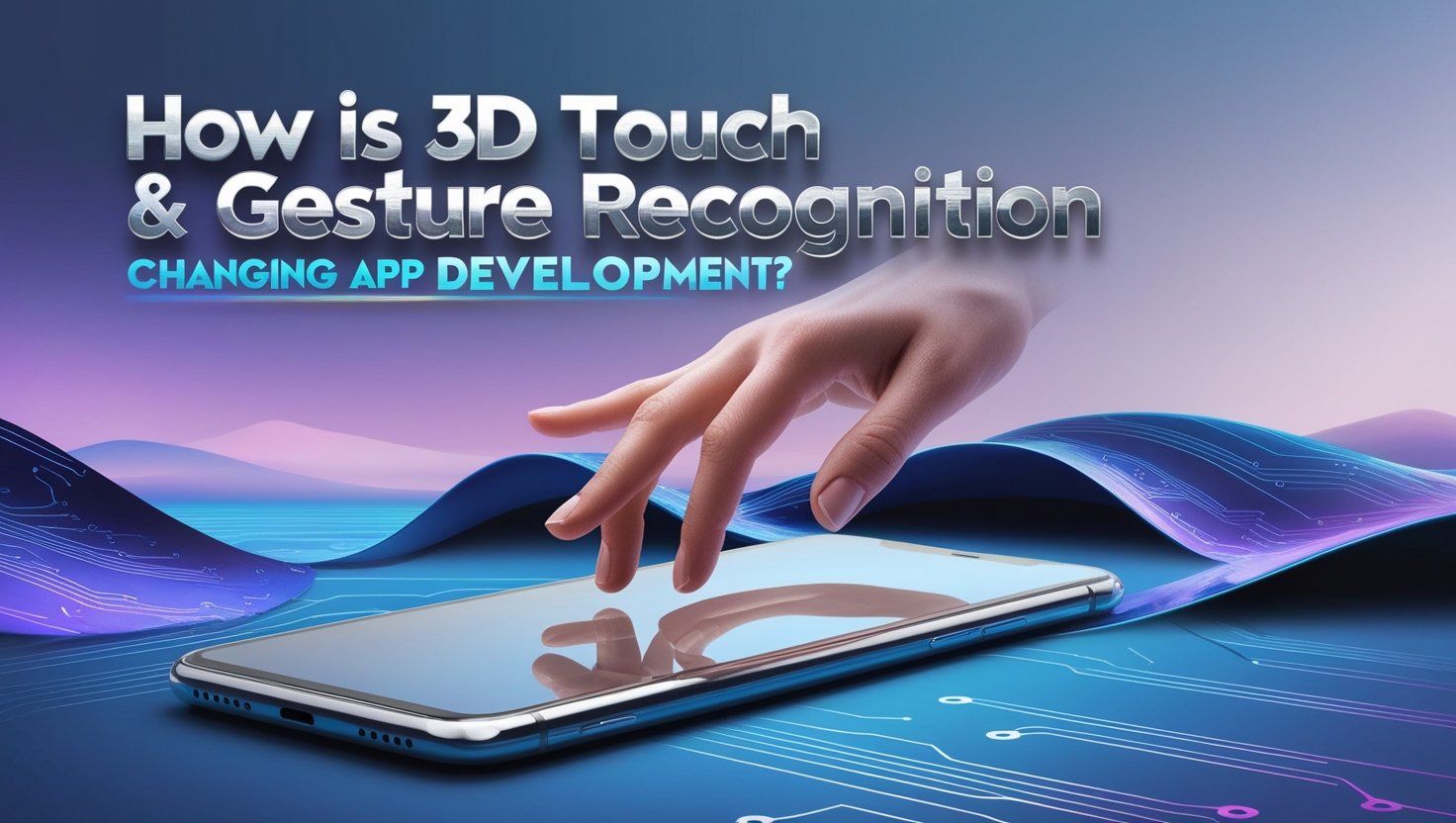
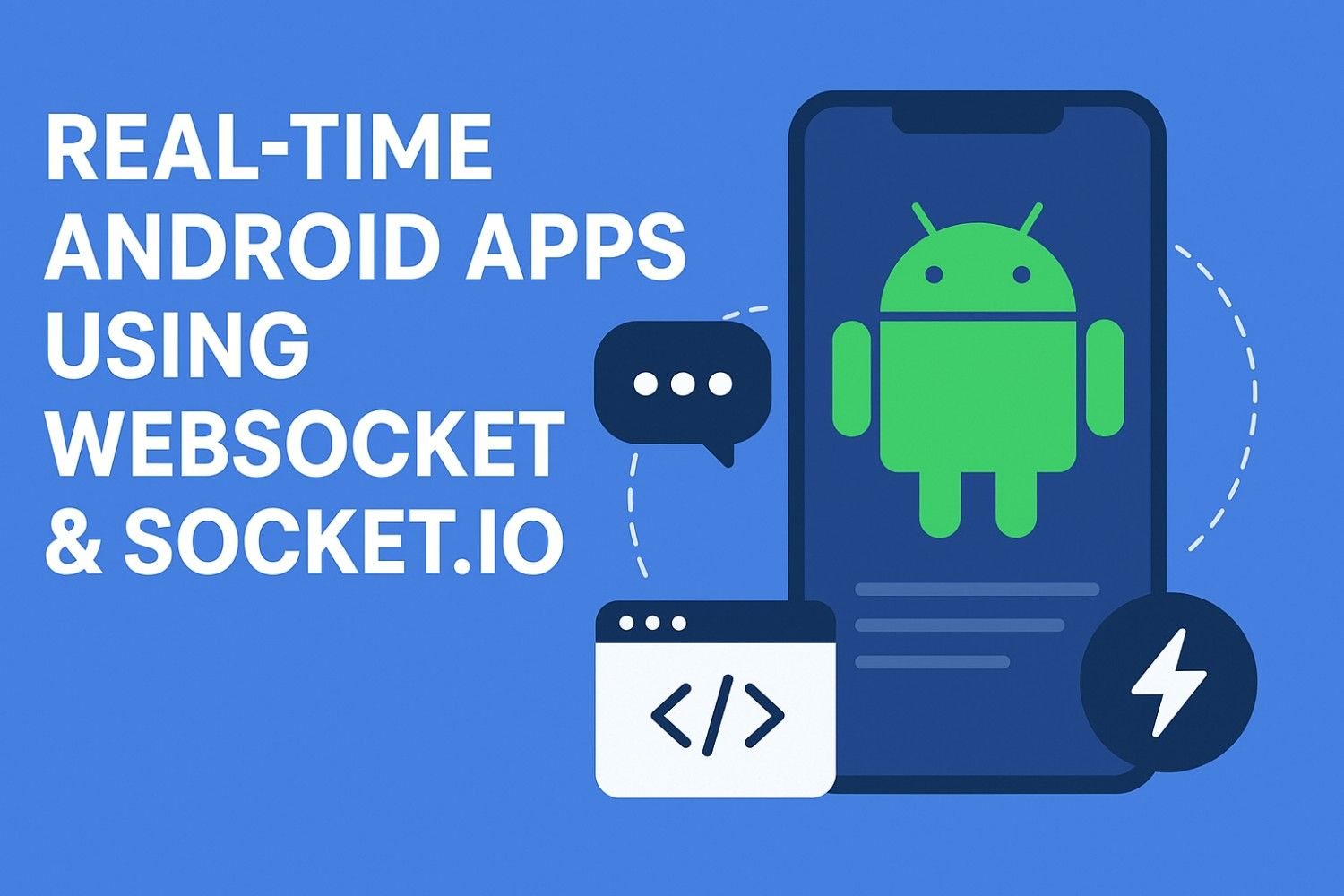
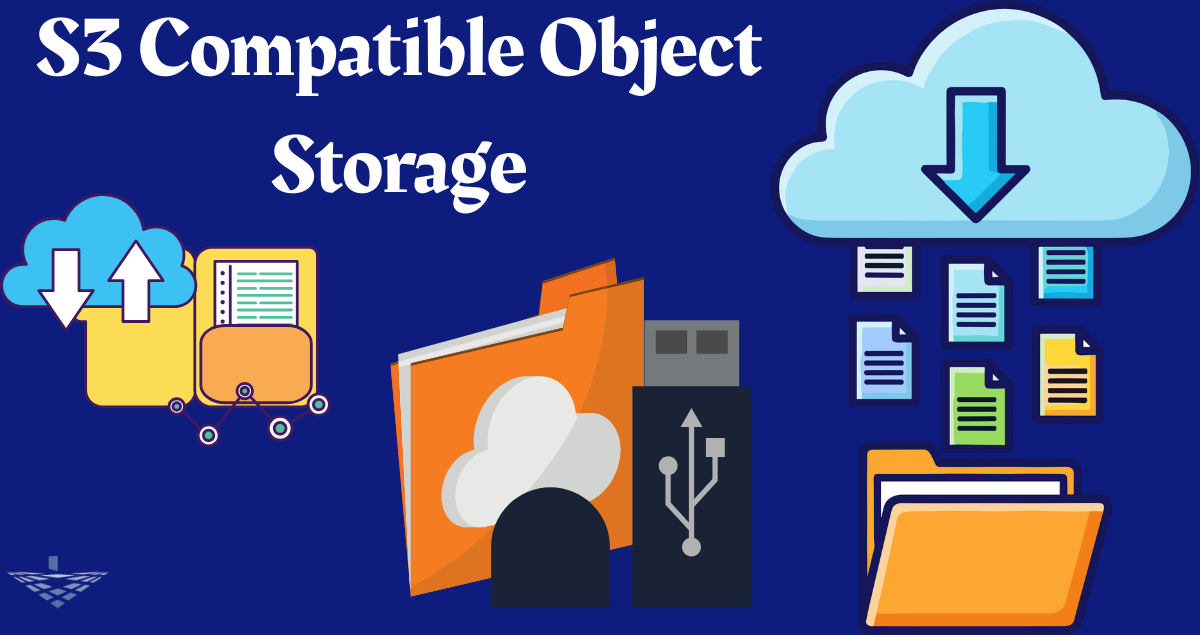


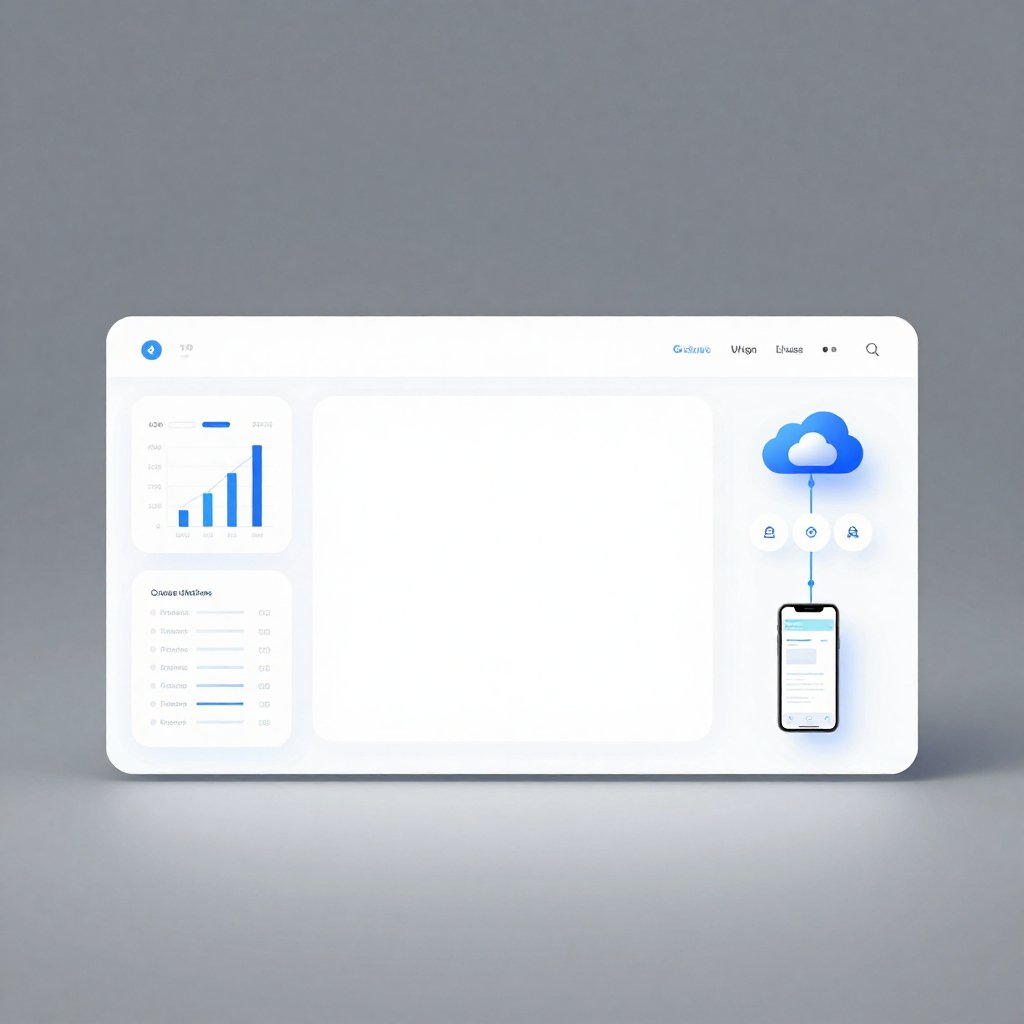
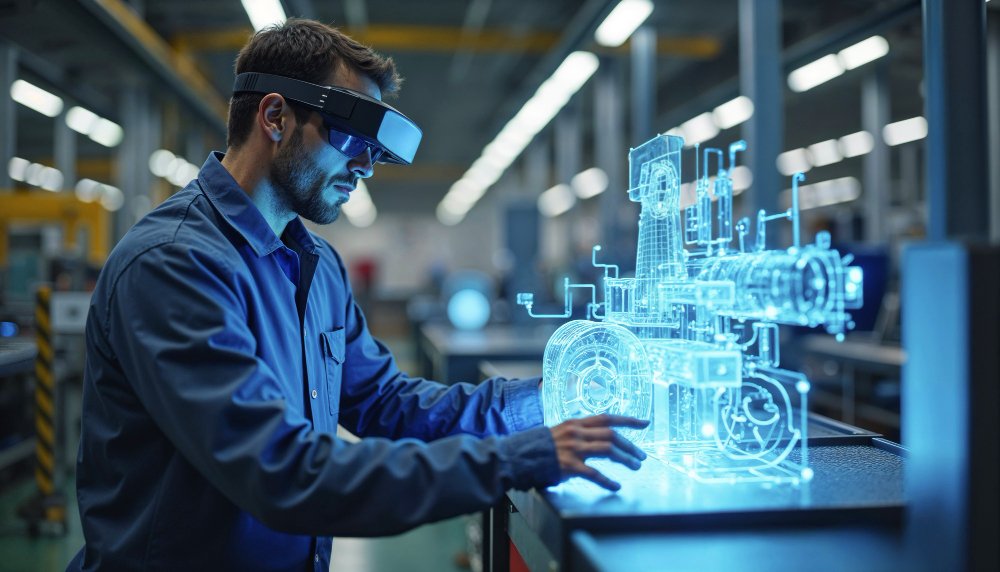

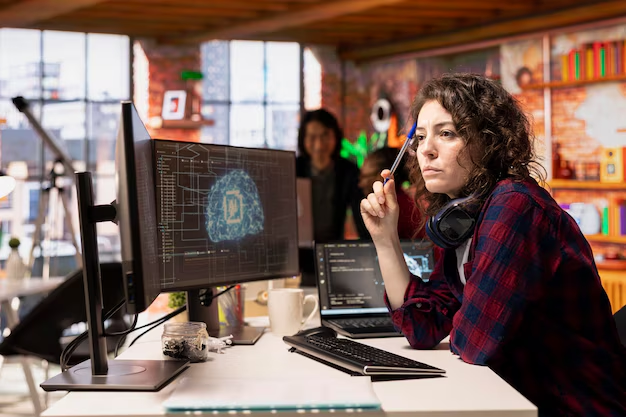

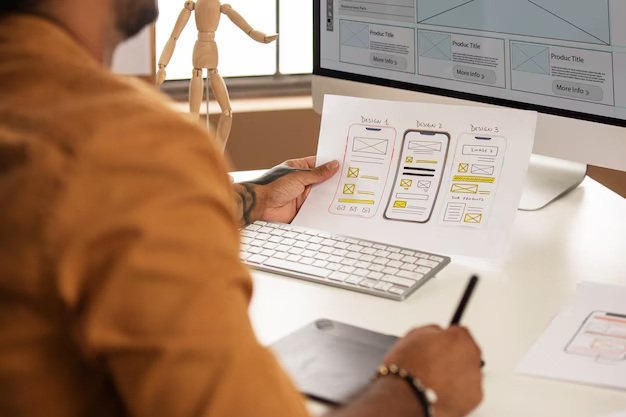
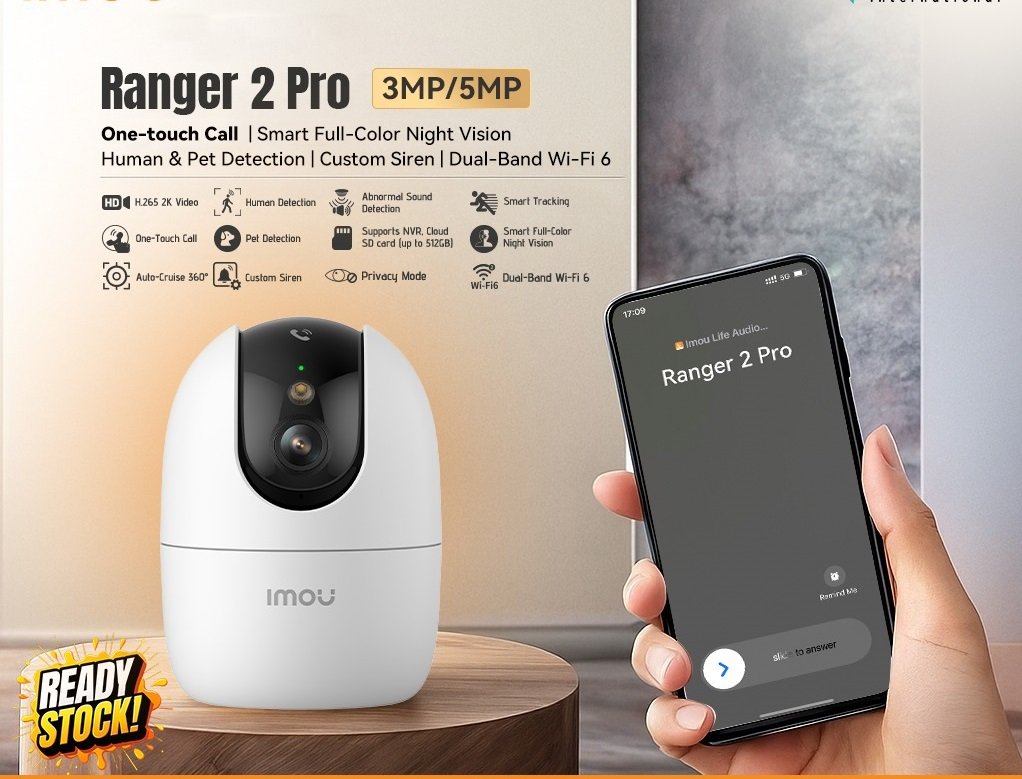



Leave a Reply